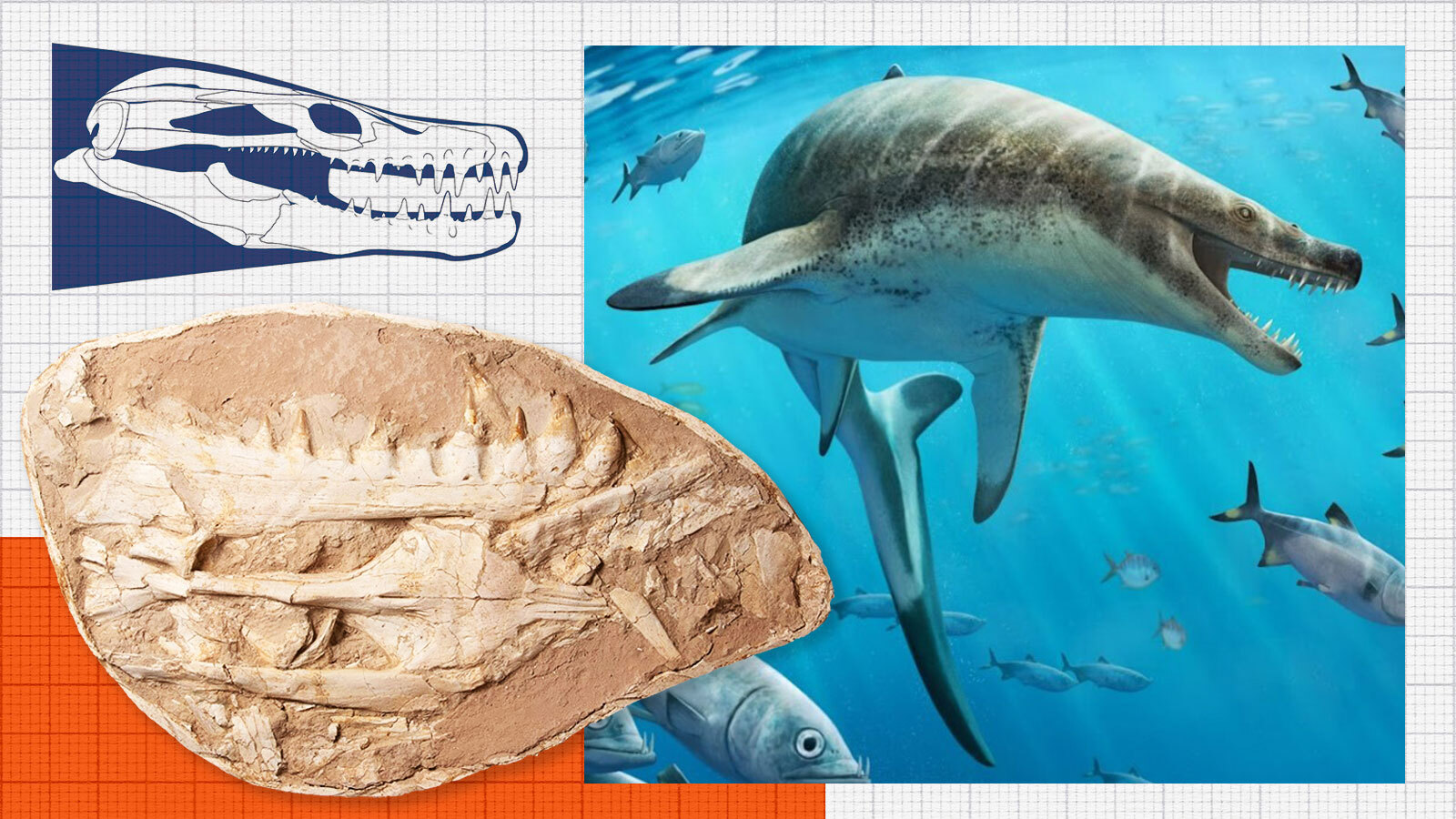Two hundred years ago, on February 20, 1824, the Very Reverend William Buckland became the first man to describe a dinosaur. Aged 39, Buckland was a noted eccentric. His particular hobby was zoophagy: eating his way through the animal kingdom. He snacked on everything from porpoises to bluebottles, licked up bat urine, and on one notable occasion gobbled down what was reliably reported to have been the heart of the Sun King himself, Louis XIV of France.
Insatiably curious, Buckland was never reluctant to push at the outer limits of not just dining menus but knowledge itself. Such was the quality that had enabled him, in addition to serving as a clergyman in the Church of England, to become Britain’s most celebrated palaeontologist — a




